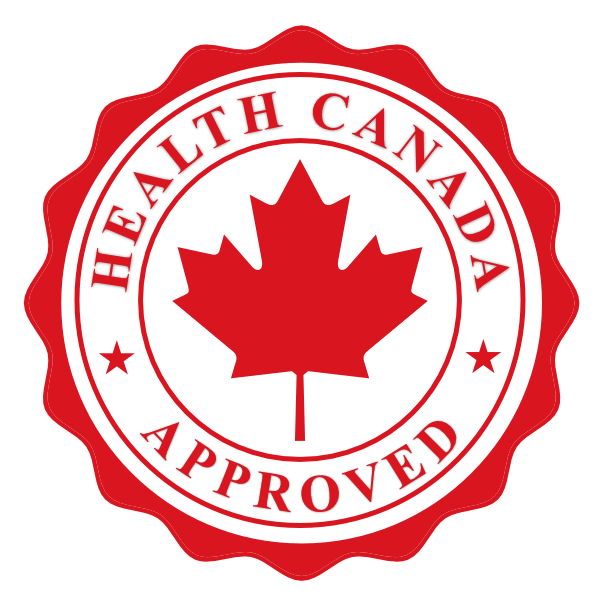Hospital Cleanliness Home: Healthcare Cleaning Standards
Cleanliness and hygiene are paramount in hospitals to prevent infections and safeguard both patient and staff health. But why reserve these rigorous standards for healthcare alone? By integrating hospital-grade cleaning protocols into our daily home routines, we can significantly enhance our living environment’s safety and cleanliness. This blog explores practical ways to adopt these healthcare cleaning standards in our homes, improving overall health and preventing the spread of illness.
Understanding Hospital-Acquired Infections (HAIs)
Hospital-acquired infections (HAIs) are infections that patients contract while receiving treatment for medical or surgical conditions in a healthcare setting. These infections can be caused by bacteria, viruses, or fungi and can occur at almost any site, including surgical incisions, urinary tracts, and the bloodstream. They are a significant concern because they can lead to severe illness and even death. Effective cleaning and disinfection practices are crucial in hospitals to prevent these infections, underscoring the importance of stringent cleaning protocols.
The Science Behind Hospital Cleaning Protocols
Hospitals implement cleaning protocols based on the latest scientific research to ensure environments are free from pathogens. These protocols include:
- Use of EPA-Approved Disinfectants: These are chosen for their effectiveness against a wide range of pathogens and are used according to strict guidelines to ensure proper disinfection.
- Frequent Cleaning of High-Touch Surfaces: Surfaces such as door handles, elevator buttons, and bedside rails are sanitized multiple times a day to prevent the spread of infection.
- Regular Staff Training: Hospital cleaning staff receive ongoing training on the latest cleaning techniques and infection control measures to maintain high standards.
Adapting Hospital Standards to Home Cleaning
Translating these protocols to home use can significantly reduce the risk of common infectious diseases such as the flu or gastroenteritis. Here’s how you can apply these principles:
- Selecting Appropriate Disinfectants: For home use, choose EPA-registered disinfectants proven effective against common pathogens. Ensure they are safe for the intended surfaces and follow the manufacturer’s instructions for use.
- Increasing Cleaning Frequency for High-Touch Areas: Identify high-touch surfaces in your home, such as light switches, countertops, and bathroom fixtures. Regular disinfection of these areas can prevent the transfer of germs.
- Educating Household Members: Just as hospital staff are trained, family members should be educated on proper hygiene practices and the importance of regular cleaning to maintain a healthy home environment.
Challenges in Implementing Hospital-Grade Cleaning at Home
While the benefits are clear, translating hospital cleaning standards to a home setting presents challenges:
- Cost: Commercial-grade disinfectants and cleaning equipment can be expensive.
- Time and Effort: Rigorous cleaning protocols require time and effort, which may be challenging for busy households.
Practical Solutions and Tools for Home Use
To address these challenges, consider practical, accessible solutions:
- Microfiber Cloths and Mops: These tools are excellent for trapping and removing microbes without the need for harsh chemicals.
- Steam Cleaners: Steam cleaners use high temperatures to kill bacteria and viruses, providing a chemical-free way to disinfect surfaces.
- Scheduled Cleaning Routines: Develop a cleaning schedule that covers daily, weekly, and monthly tasks to ensure all areas are regularly sanitized.
Conclusion
Implementing hospital-grade cleaning protocols at home can seem daunting, but with the right tools and knowledge, it is achievable and beneficial. These practices can transform your home into a safer, healthier environment, providing peace of mind and protecting your family’s health.





